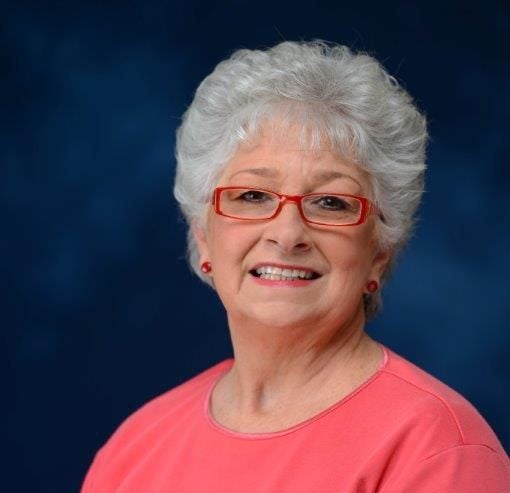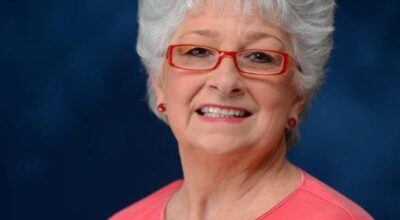Could Mr. Bell Imagine Phones Today?
Published 10:30 am Wednesday, June 21, 2023

- Bonnie Brown writes a weekly column for The Oxford Eagle. Contact her at bbrown@olemiss.edu
By Bonnie Brown
Columnist
Do you ever just sit and reflect on the changes that have taken place during your lifetime? I do. Quite often in fact.
I remember the first telephone number in my parents’ home. It began with 2 letters — actually a name —UL for Ulster, followed by a number, then a four-digit number. That was it. No area code. And there was the option of dialing “0” for the operator who could assist you in various ways. For instance, she could look up a phone number for you.
The operator (always female) placed a long-distance call for you. But be aware that if you called long-distance, you were charged by the minute because the long-distance call usually required the assistance of several operators to reach your destination call. In fact, the full daytime rate in 1950 was $3.70 for the first 3 minutes.
And why did the old phones have a dial rather than push buttons? Because the telephone system required pulses to represent the numbers and the technology did not exist at the time to generate pulses from push-button presses in the simple telephone device.
According to Wikipedia, Pennsylvania 6-5000 is a telephone number in New York City, assigned to the Hotel Pennsylvania, written in the two-letters, five numbers format that was common from about 1930 into the 1960s.
The number is best known from the 1940 hit song “Pennsylvania 6-5000”, a swing jazz and pop standard recorded by the Glenn Miller Orchestra. Its owner, the Hotel Pennsylvania, claims it to be the oldest continuously used telephone number in New York City although the hotel closed permanently in 2020 to make way for 15 Penn Plaza. The developer said the new building will retain the phone number.
The first area code was implemented in 1951 when the 201 area code was born. According to Burnerapp.com, “As the world became more connected and the quantity of phone numbers soared, the need for new numbers began outpacing supply, and a switch was required.”
Now, as you all know well, to dial your next-door neighbor, you must dial the area code plus the seven-digit number! When we were on a cruise in the Caribbean a few years ago, I was astonished when our guide told us that next-door neighbors had to call long distance on the island of St. Maarten which is shared by two countries, Netherland and France. I thought that was sort of ridiculous and it wasn’t long after that we all had to make the leap to include the area code when phoning our friends.
Alexander Graham Bell is the “father” of the telephone since his design was the first to be patented, but he was not the first inventor to come up with the “talking telegraph.”
Do you think he could have imagined that the telephone which was popular and important as a communication device for decades would become a device that although it is called a “’phone” is mainly used as a camera?
And while there is much texting (the slang term for transmission of short electronic text messages between 2 or more mobile devices over a network), there is very little actual conversation.
It seems that Mr. Bell’s inventions are all rolled into one device — our smartphones!
Well done, Mr. Bell.
Write to Bonnie Brown at bspbrown@outlook.com





